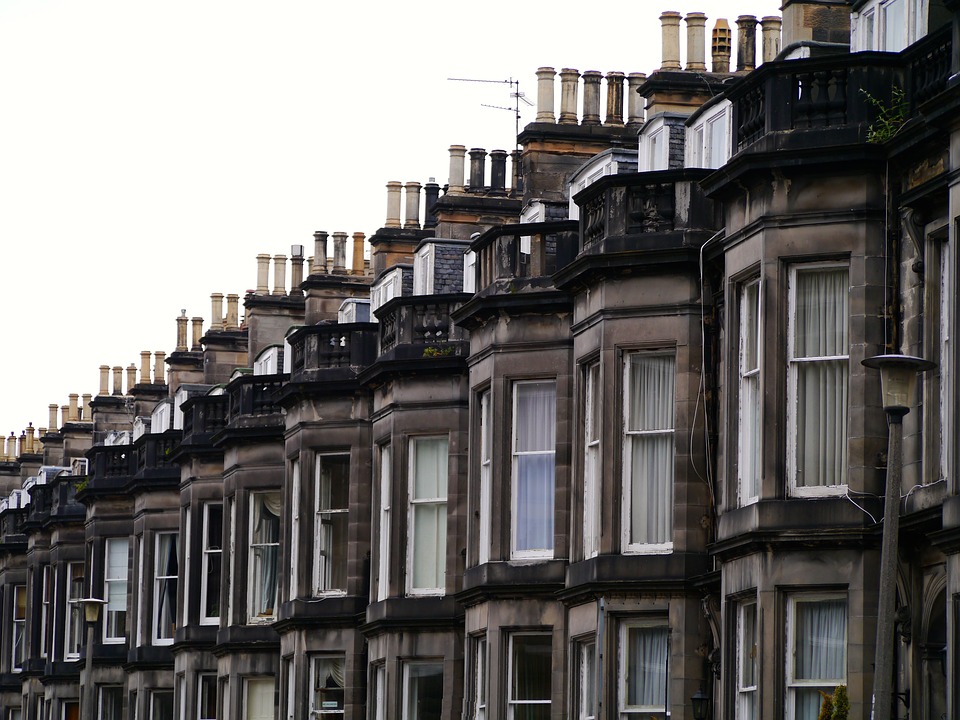First-time Buyer
Annual house price growth slows to 1.6% in March

The annual rate of house price growth slowed in February to 1.6 per cent, which is down from 2.1 per cent for the last three months in a row.
According to Halifax’s latest House Price Index, this is the weakest rate of annual growth in three and a half years and down on the peak of plus 12.5% in June 2022.
Monthly average house price growth came to 0.8% in March, compared to a 1.2% rise in February, showing “resilience” in the housing market.
Average property price up
The report said that the average UK property costs £287,880, which is up from £285,660 in February. This is around 2% below the peak reached last August.
Northern Ireland reported the strongest annual house price growth at 4.9%, with the average house price coming to £186,459. This was followed by the West Midlands at 3.8% with properties reaching £248,308.
Wales’ annual house price growth was pegged at 1%, with average property price coming to £213,950, while in Scotland, the annual price growth figure came to 2.3% and the average property price was £199,853.
Greater London had the lowest annual growth at 0.1%, with the average now £537,250.
Housing market showing ‘resilience’
Kim Kinnaird, director of Halifax Mortgages, said that the UK housing market “continues to show resilience following the sharp downturn at the end of 2022”.
She continued that overall these figures “suggest relative stability in the housing market” at the start of the year.
“This has been characterised by a partial recovery in activity and transactions, especially when compared to the significant drops seen at the end of last year, with latest Bank of England data showing mortgage approvals rising for the first time in six months,” Kinnaird added.
She noted that the main factor behind the improved picture was an easing in mortgage rates, with the spikes of November and December “largely reversed”.
Kinnaird said that while mortgage rates are higher than they have been over the last decade a typical two-year fixed rate is down by more than 100 basis points over the last few months.
She added that the labour market was strong with unemployment at a historical low of 3.7%.
“Predicting exactly where house prices go next is more difficult. While the increased cost of living continues to put significant pressure on personal finances, the likely drop in energy prices – and inflation more generally – in the coming months should offer a little more headroom in household budgets.
“While the path for interest rates is uncertain, mortgage costs are unlikely to get significantly cheaper in the short term and the performance of the housing market will continue to reflect these new norms of higher borrowing costs and lower demand. Therefore, we still expect to see a continued slowdown through this year,” Kinnaird explained.